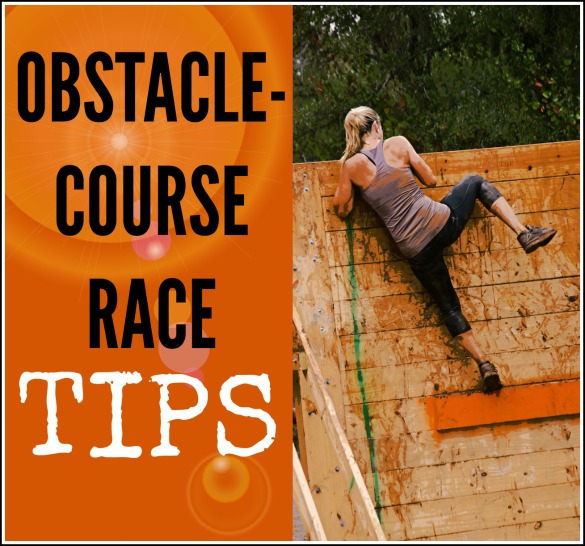Are You Tough Enough? The Basics of Training for Obstacle-Course Style Races
This post on how to train for an obstacle race by National Academy of Sports Medicine Certified Personal Trainer and Corrective Exercise Specialist Mike Fantigrassi is a part of our fourth-annual Guest Bloggers’ Week. (Check out all of the inspiring, informative, entertaining and life-changing posts here!) Fantigrassi has competed in these types of races and has some excellent advice on training to decrease your chances of getting injured.
One of the fastest growing fitness trends are obstacle-course style races that certainly live up to the competitive hype. However, it’s the injuries that are making the news these days and, as popularity soars, so does the number and severity of injuries.
Having recently completed the 8-mile Spartan Race in Phoenix, I can say with certainty that these races are tough and can be dangerous, especially when you haven’t trained properly. Add hundreds of people, barbed wire, mud pits and towering wall climbs, and your chances of getting hurt skyrocket; even avid gym-goers should start training a few months out.
Start Training
Depending on your fitness level and the distance of the course, two to four months of training is an appropriate length of time for someone who works out three or more times per week. Warrior Dash, another popular race, is only a 5K and probably falls on the shorter end of the training spectrum (although it’s certainly not easy!).
Get Your Run On
Running is a large part of the race and also helps boost your endurance, so if you’re not a runner, grab a friend, start slow and hit the trails. Not only will the uneven surfaces help prepare you for the course, but a friend can check your form along the way, making sure your feet are not turning out. For example, if your Achilles tendon is not straight, you have a much higher chance of developing an overuse injury. A good preventive routine is daily foam rolling to the outside of your calves (each side for about 12 to 20 repetitions).
Push and Pull
While cardio is an important part of training, it’s only half the recommended regimen. It is essential to add upper-body strengthening exercises, including push-ups and pull-ups. Working your arms, chest and back regularly will help you swing across monkey bars and climb over towering walls with greater ease on the day of your race.
Box Jumps
Power training is another critical component. Add box or bench jumps while focusing on landing softly with your feet straight ahead to reinforce good technique and to strengthen your calves, hamstrings and glutes. Doing this in front of a mirror can be beneficial as it assists you in spotting weaknesses in your form. If your knees cave in or your feet turn out, work on correcting this throughout your training with lateral tube walking exercises to target weak hip muscles. When performing squats and other leg exercises, make sure to keep your feet straight ahead. Stretching and foam rolling the adductors and calves is also helpful.
Work Your Core and Stretch
Incorporate daily core work to help with overall performance. Plank holds and crunches, as well as mountain climbers and crawling, will help better prepare you for what lies ahead on the course. And don’t forget to stretch! Foam rolling and daily stretching help keep muscles long and relaxed, and reduce soreness so you are not overcompensating by using other muscles incorrectly.
Ultimately, listen to your body as you would during any workout, as this training is no different. The goal is to stay safe and injury free while having a great time! For more information on obstacle-course race preparation and training advice, visit http://blog.nasm.org/. —Mike Fantigrassi

